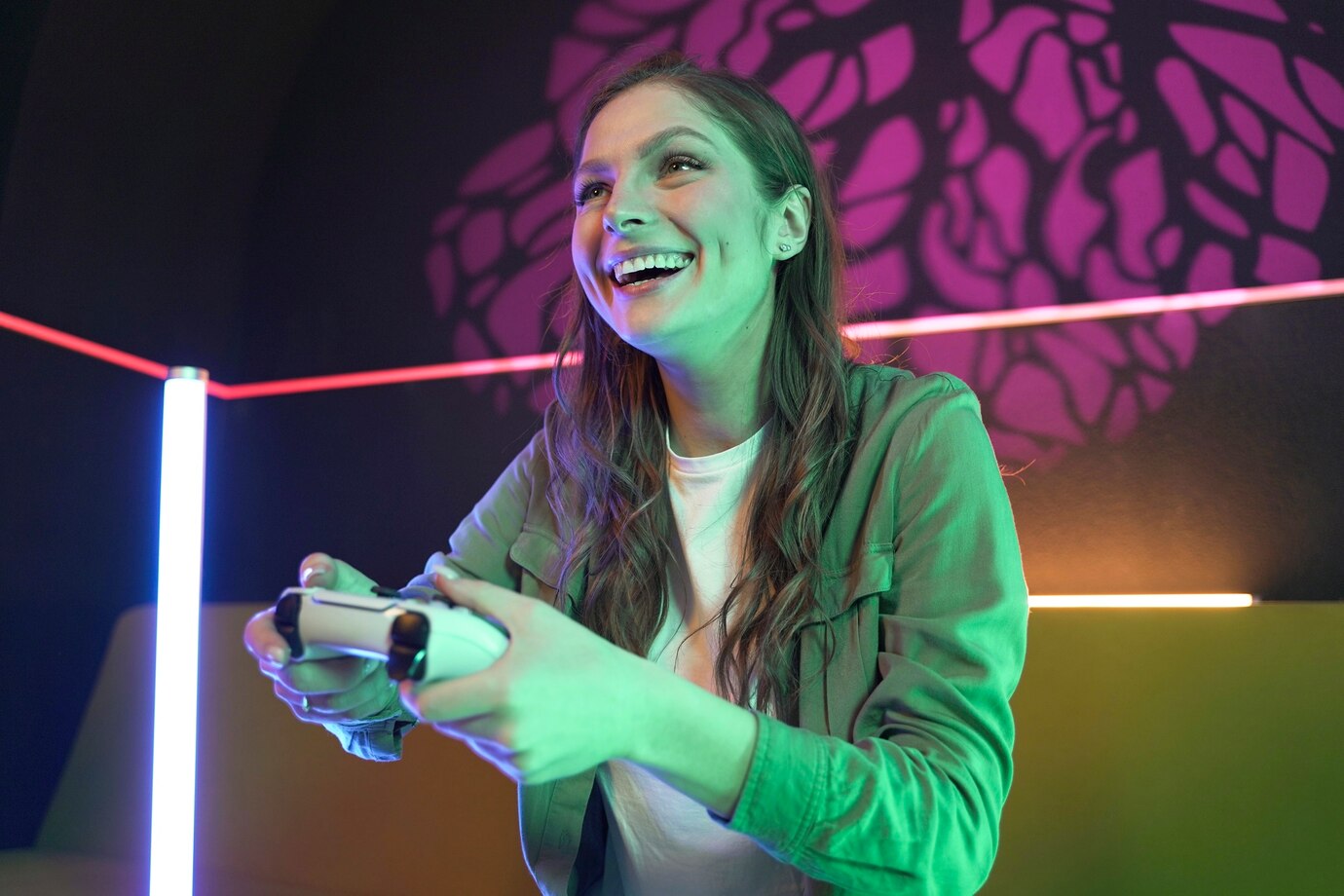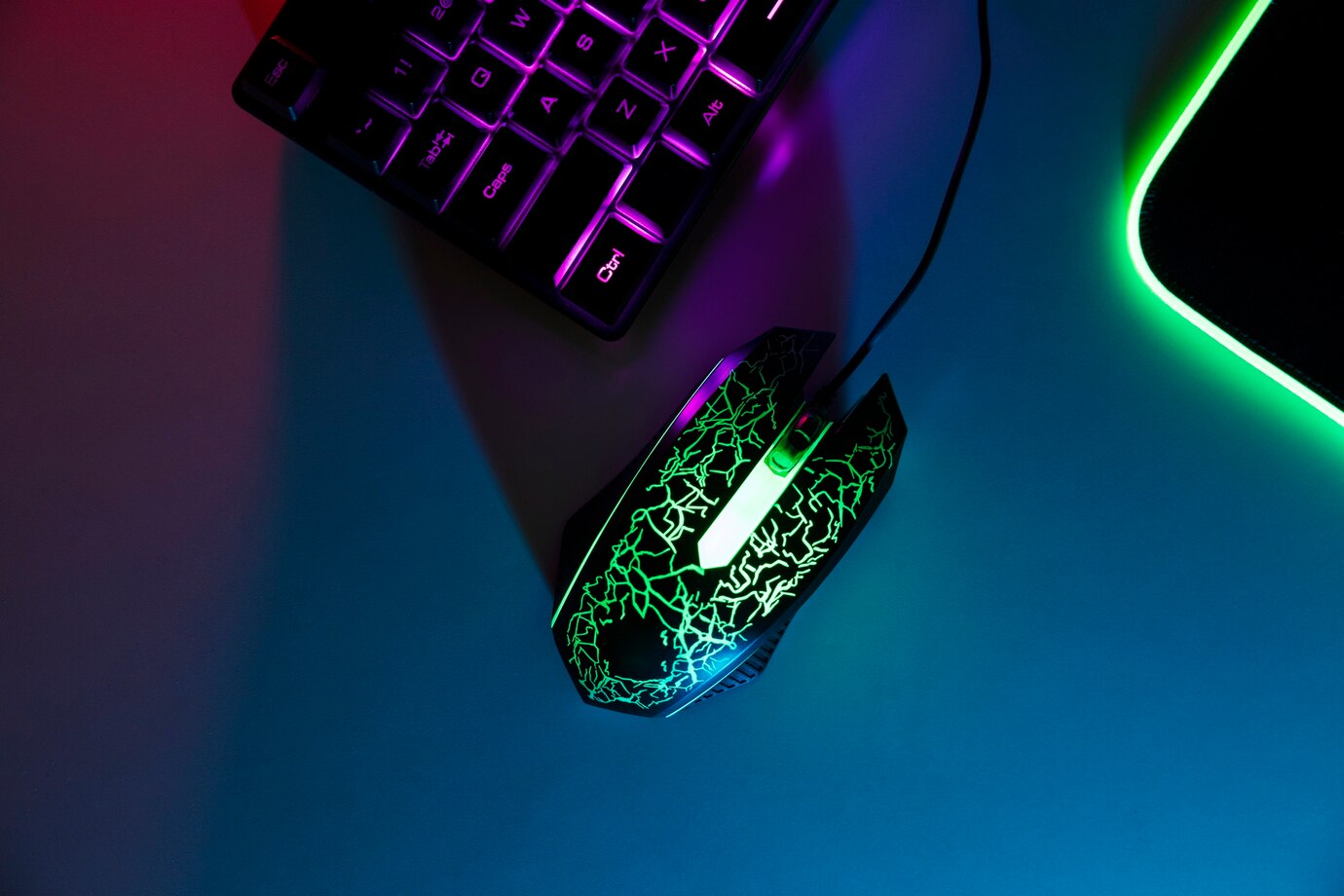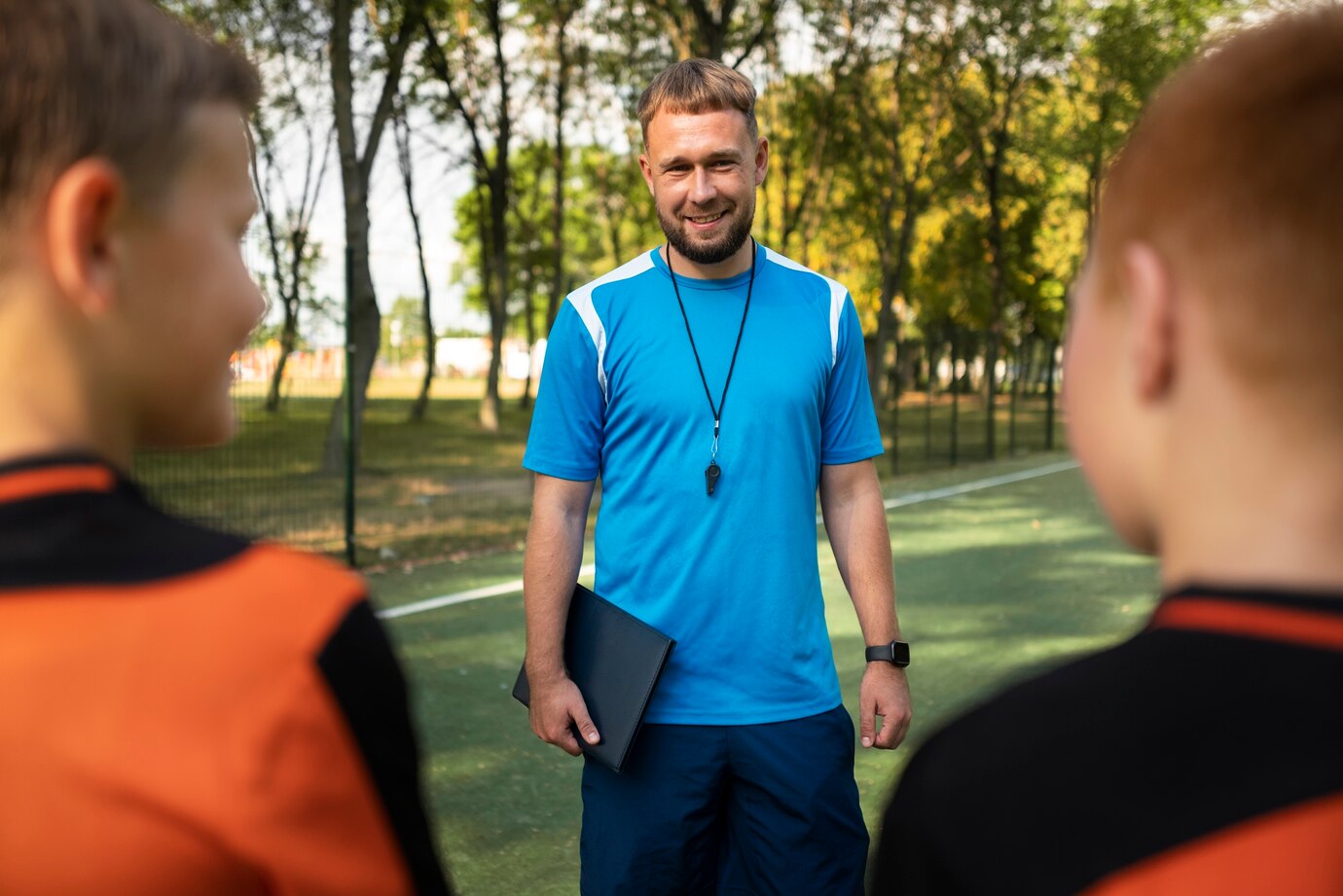Monkey See Monkey Do: Cracking the Neural Code of Social Learning in Macaques
Share IT

Launch Your Dream Website with Us!
Click Here to Get in touch with Us.
Categories
Visuo frontal Interactions
Understanding the Social Brain: Cooperation and Visual Cues in Free-Stiding Macaques
Our lives depend on social relationships, from making friends to navigating complicated societies. However, how can we learn them? This subject is addressed in a recent study that was published in Nature under the title “Visuo-frontal interactions during social learning in freely moving macaques,” which looks into the neurological underpinnings of social learning in macaques.
Table of Contents

Beyond Observation: The Prefrontal Cortex and Visual Dance
Visuo frontal Interactions
The research team lead by Dr. Vlad Dragoi used a special methodology. The brain activity of freely moving macaques participating in a cooperative task was wirelessly recorded. This gave them the opportunity to watch how various brain areas interacted as the animals learnt to cooperate.
The important discovery is the dynamic conversation that takes place between the prefrontal cortex, which is involved in planning and decision-making, and the visual cortex, which processes visual input. The researchers saw more synchronised spiking between these locations as the macaques mastered the collaboration challenge. This shows that the ability to effectively translate observable social cues into behaviours depends on the visual and prefrontal areas communicating with one another.
Putting the Social Lens Back on Track: Improving Information Processing
Visuo frontal Interactions
Moreover, the research disclosed an intriguing modification that occurs within the brain. The neurons in the macaques’ prefrontal and visual cortices improved with experience in representing socially significant information. With more accuracy, they encoded information such as the other macaque’s identity (conspecific) and the reward that went along with it. This demonstrates how the brain may adapt its processing to certain social circumstances by honing it via experience.
Interpreting Brain Activity to Predict Cooperation: Cracking the Neural Code
Visuo frontal Interactions
This research’s significance extends beyond comprehension of brain activity. By deciphering patterns of brain activity, the researchers were able to determine whether the macaques were observing social cues and even if they would decide to collaborate. This incredible accomplishment opens the door for further research into the neural underpinnings of intricate social interactions by demonstrating the clear connection between social behaviour and brain activity.
Consequences and Prospective Courses
Visuo frontal Interactions
This work provides important new understandings of the brain mechanisms underlying ape social learning. It implies that efficient social interactions depend on a synchronised dance between the brain’s visual processing and decision-making areas. Through illuminating these pathways, the study provides insights into:
- Comprehending human social behaviour: Researching the macaque brain offers important insights into how our own brains process cooperation and social learning.
- Creating therapeutic interventions: Targeted interventions could be developed using knowledge of the brain underpinnings of social problems such as autism spectrum disorder.
- Creating AI that can engage socially: Research on the social learning of primates may provide insights into how to create algorithms for artificial intelligence that can communicate with people and other agents in a productive way.
The investigation into the social brain is still in its early stages. This groundbreaking study offers a springboard for additional investigation and has great promise for advancing our knowledge of how humans learn, engage, and negotiate the complexity of social life.

Launch Your Dream Website with Us!
Click Here to Get in touch with Us.





























































Recent Comments